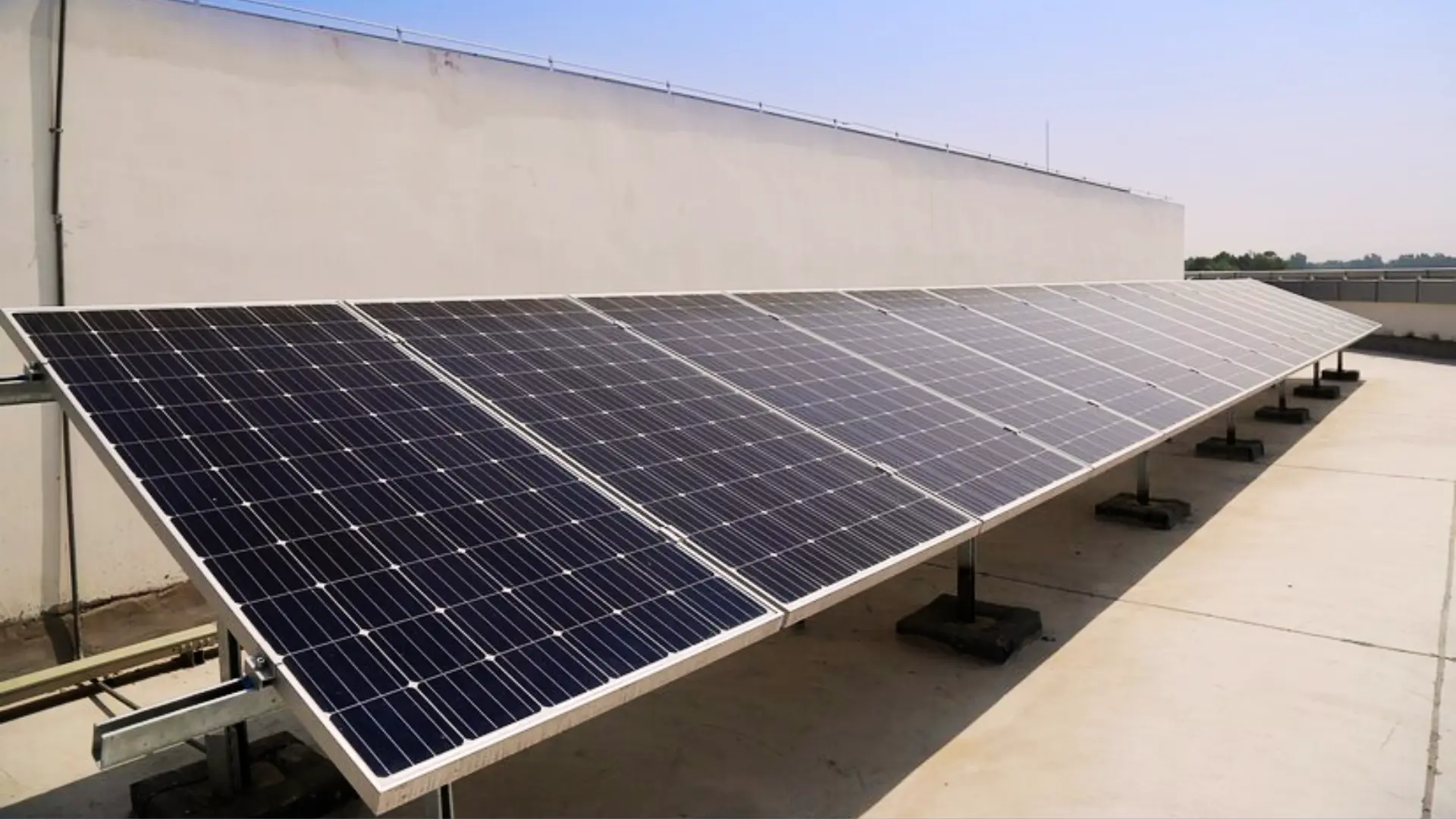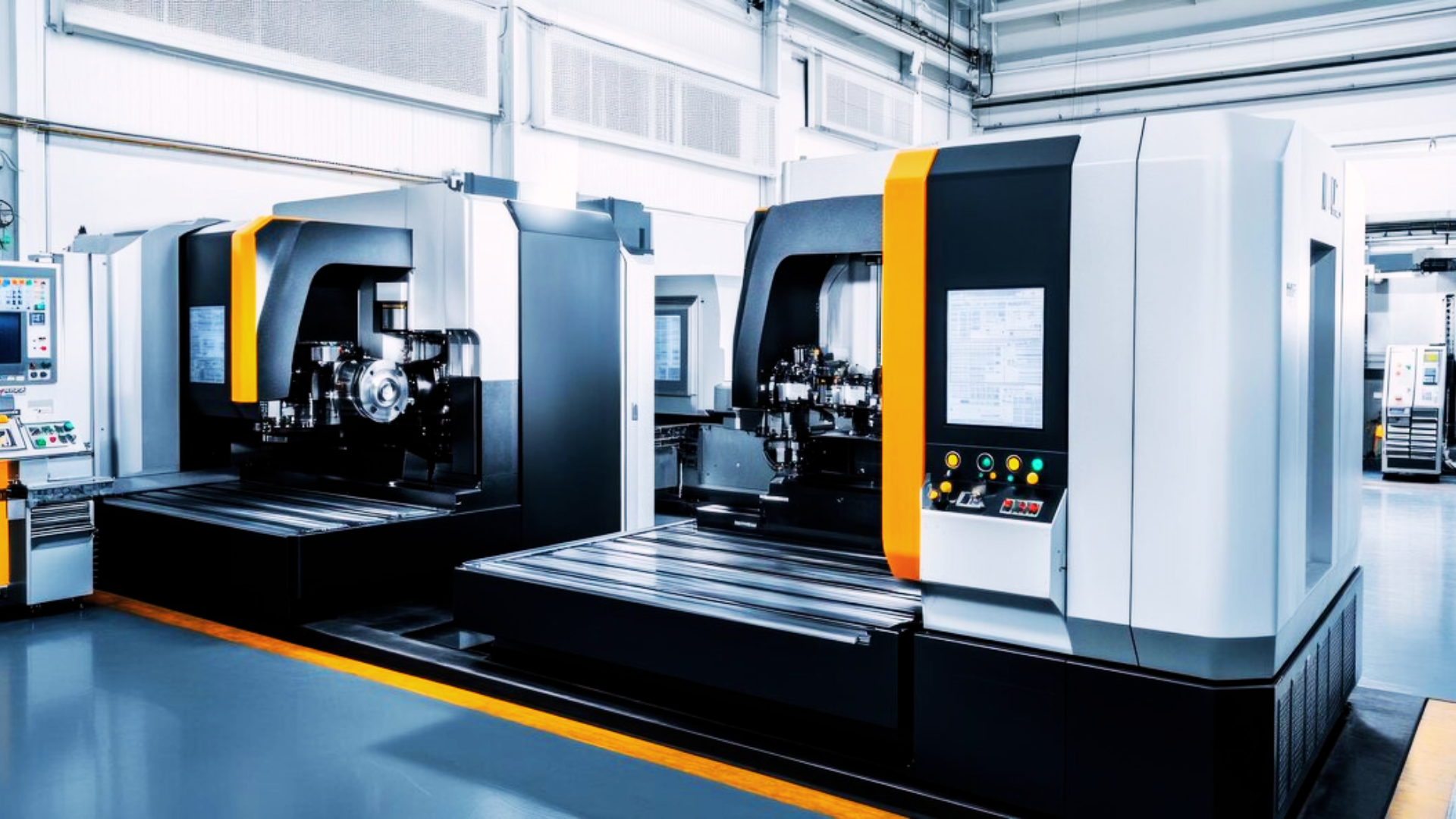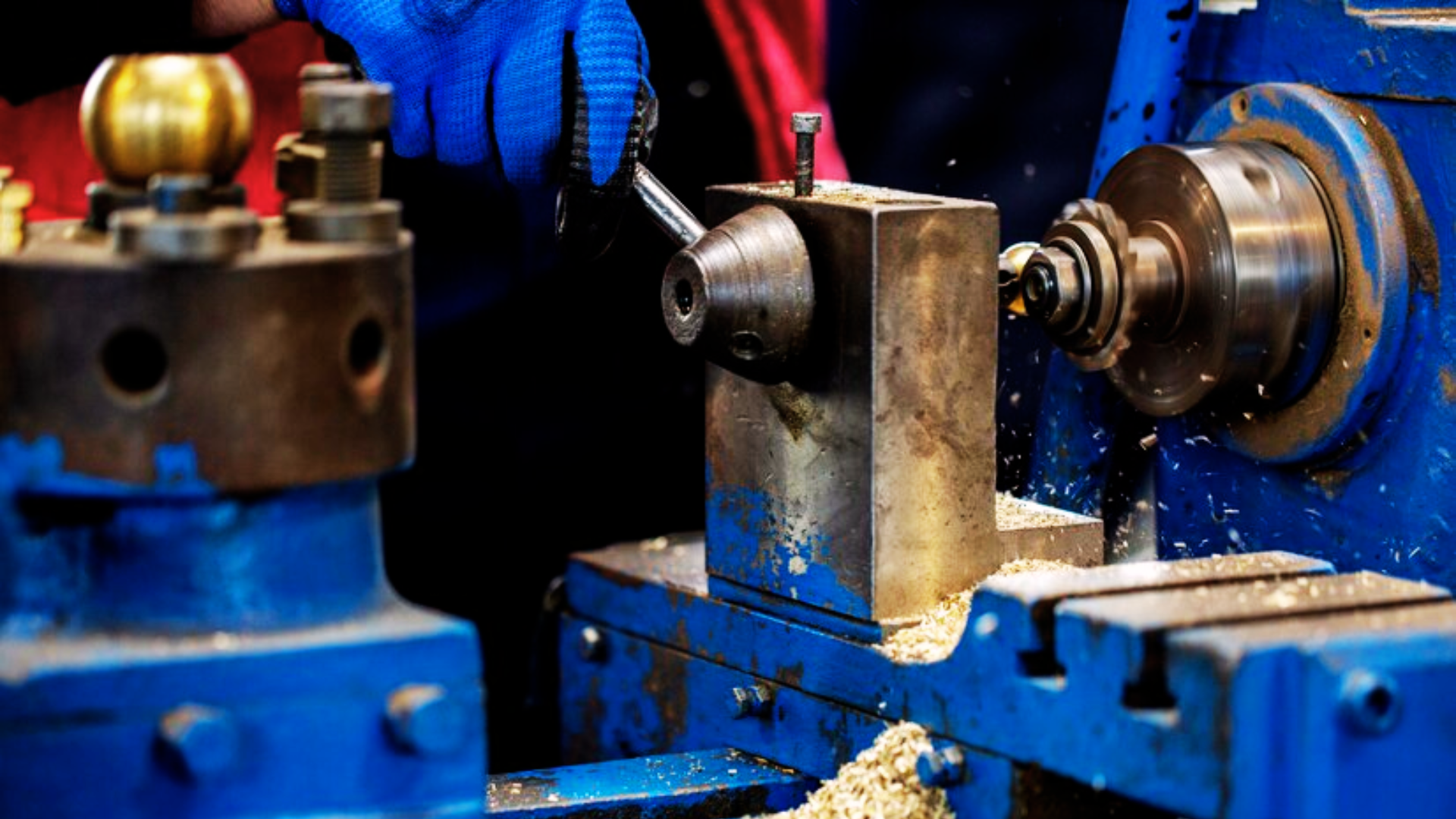The machinery finance landscape in India is evolving rapidly, driven by technological advancements and government initiatives. As businesses, particularly MSMEs (Micro, Small, and Medium Enterprises), continue to grow, the demand for machinery finance in India is witnessing significant growth.
With the Reserve Bank of India (RBI) and other financial institutions playing a crucial role, the construction equipment market is poised for expansion. As traditional banks, NBFCs (Non-Banking Financial Companies), and new-age digital platforms cater to this growing demand, they leverage innovative financial products and services to shape the future of machinery finance. This evolving landscape is characterised by an increased focus on sustainability, customised financing solutions, and faster loan approvals that address the specific needs of businesses. This article explores the current trends, key predictions, and future outlook for machinery finance in India, along with the role of NBFCs and government initiatives in driving growth and financial inclusion.
NBFCs’ Role in Machinery Finance and MSME Growth
NBFCs have significantly expanded their role in promoting financial inclusion and supporting MSME growth through machinery finance. As businesses require tailored financial solutions, NBFCs cater to the market in India with a wide range of financial products that meet the diverse needs of enterprises. Machinery finance in India has become a vital tool for MSMEs seeking to enhance operational efficiency, manage cash flow, and expand their production capabilities. NBFCs offer machinery loans, equipment leasing, and working capital loans, enabling businesses to access the necessary financing options.
The role of NBFCs extends beyond providing capital. They offer customised financing solutions that include evaluating the creditworthiness of borrowers based on individual financials and business performance, historical equipment usage, and cash flow. This approach helps lenders assess credit risk more effectively and extend credit growth to MSMEs. With the integration of advanced technologies like big data analytics and blockchain, NBFCs can now leverage real-time data on equipment usage to evaluate borrower risk, leading to faster loan approvals. By utilising data analytics and alternative credit scoring methods, NBFCs have carved themselves a significant role in the future of machinery finance in India, revolutionising the financing landscape.
Key Trends and Predictions for the Future
The future of the Indian machinery finance market is about to change, owing to a few key trends. These trends revolve around the integration of technological advancements, sustainability, customised solutions, and financial innovation, catering to the evolving needs of businesses.
Technological Advancements and Digital Platforms
The emergence of digital platforms has revolutionised machinery finance by streamlining processes and simplifying access to financing options. Digital platforms enable lenders to utilise big data analytics and AI-powered credit scoring to customise loan offerings based on individual borrower requirements. As a result, businesses can benefit from faster loan approvals and more personalised financing solutions.
Government Initiatives and Inclusion of Machinery Finance in India
The Indian government has launched several initiatives to boost the MSME sector and promote financial inclusion. Programs like “Make in India” and infrastructure development projects are fuelling the demand for machinery finance. The government’s focus on boosting the manufacturing sector has created favourable conditions for MSMEs to grow. These measures include financial products designed to cater to the needs of medium enterprises and ensure that financing is accessible to all businesses. Furthermore, regulatory support from the Reserve Bank of India (RBI) has facilitated the growth of machinery finance by establishing guidelines that protect customer interests and encourage innovation.
Sustainability and Green Financing: The Future of Machinery Finance
As businesses increasingly emphasise sustainability, the machinery finance sector is evolving to offer green financing options. These financing options enable companies to invest in energy-efficient machinery and reduce their environmental impact. Financial institutions are promoting sustainable practices by offering incentives like lower interest rates for businesses that adopt eco-friendly machinery or implement green initiatives. This shift towards sustainability is expected to shape the landscape of machinery finance, with lenders focusing on financing solutions that contribute to sustainable growth.
Trends in the Indian Construction Equipment Market
The Indian construction equipment market is experiencing significant growth, driven by increased demand for material handling equipment and other machinery used in infrastructure development. The growing demand for construction equipment has led to an increase in machinery loans, enabling businesses to invest in new and efficient machinery. The demand for machinery finance in India is expected to grow in FY 25-26, with investments in the market estimated to reach $134 billion.
The expanding construction sector, coupled with favourable government policies, has made it possible for more businesses to access financing and remain competitive.
Innovative Financial Products and Services
The introduction of innovative financial products, such as equipment-based financing, is helping businesses manage operational costs effectively. Lenders now offer customised financing options that account for actual equipment usage, allowing businesses to optimise their loan terms. Mergers and acquisitions in the financial sector are also playing a crucial role in expanding the product portfolio of NBFCs and traditional banks, offering a wider range of financing options tailored to the unique needs of MSMEs.
Predictions for the Evolving Landscape
The future of machinery finance in India is bright, with several factors likely to shape the landscape. Predictions indicate that the integration of advanced technologies, increased financial inclusion, and sustainable financing solutions will continue to drive growth in the industry.
Adoption of Big Data Analytics for Risk Assessment
The use of big data analytics to assess creditworthiness and predict loan repayment behaviour is expected to become more prevalent. Financial institutions will increasingly rely on real-time data on equipment usage to evaluate borrower performance and reduce the risk associated with machinery loans. This trend will enable lenders to offer more customised financing solutions and adjust interest rates based on the historical performance of the equipment.
Growth in the MSME Sector Supported by NBFCs
The role of NBFCs in supporting MSMEs is expected to grow, with credit growth to MSMEs by NBFCs playing a significant role in future developments. As the demand for machinery finance continues to rise, NBFCs will cater to the financial needs of businesses by expanding their product portfolio and offering tailored solutions. The focus will be on increasing accessibility for smaller enterprises and promoting financial innovation through alternative financing options.
Increased Focus on Financial Innovation and Digital Platforms
Financial innovation will remain a driving force in machinery finance, with lenders increasingly adopting digital platforms to streamline processes and offer innovative financial products. The use of blockchain technology for secure transactions, digital lending platforms for faster approvals, and advanced data analytics for risk assessment will further revolutionise the industry.
Infrastructure Development and Demand for Construction Equipment
The ongoing infrastructure development projects and the government’s push towards the construction sector will continue to drive demand for machinery finance. Businesses involved in infrastructure development will benefit from an increased focus on customised financing solutions that cater to the specific needs of the construction equipment market.
Conclusion
The future of machinery finance in India is marked by significant growth prospects driven by emerging trends of government initiatives and technological advancements. With NBFCs playing a crucial role in promoting financial inclusion and supporting the MSME sector, the machinery finance market is set to witness further expansion. Key trends such as sustainability, financial innovation, and the adoption of advanced technologies will shape the future landscape, allowing lenders to cater more effectively to the needs of businesses.
As India continues its journey towards a $5 trillion economy, machinery finance will play a vital role in supporting the growth of the construction equipment market and ensuring the availability of diverse and innovative financing options.
FAQs
1. What will be the future of finance in India?
The future of finance will involve increased digitalisation, financial innovation, and a focus on sustainable financing options. Emerging technologies like AI, blockchain, and big data analytics will play a key role in transforming the industry, making financing solutions more accessible, efficient, and customised.
2. What is the next technology in finance?
The upcoming trend in finance is blockchain technology, which enhances transaction security, and AI-powered data analytics for real-time risk assessment. These technologies will continue to revolutionise financial products and services, offering faster, more reliable solutions for businesses.




